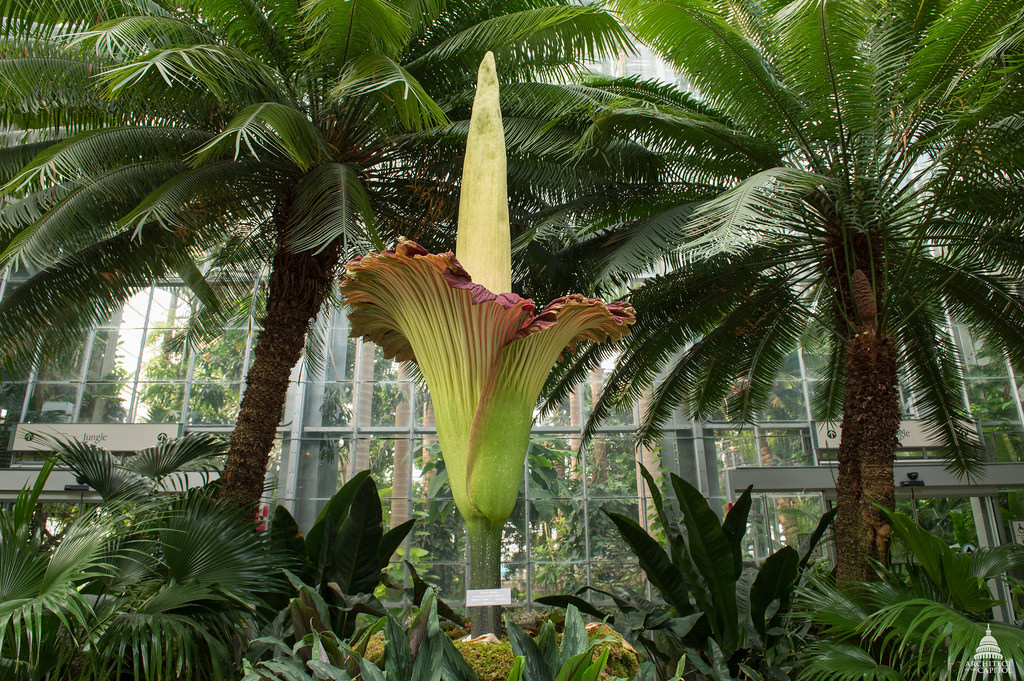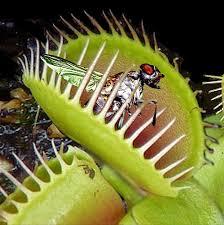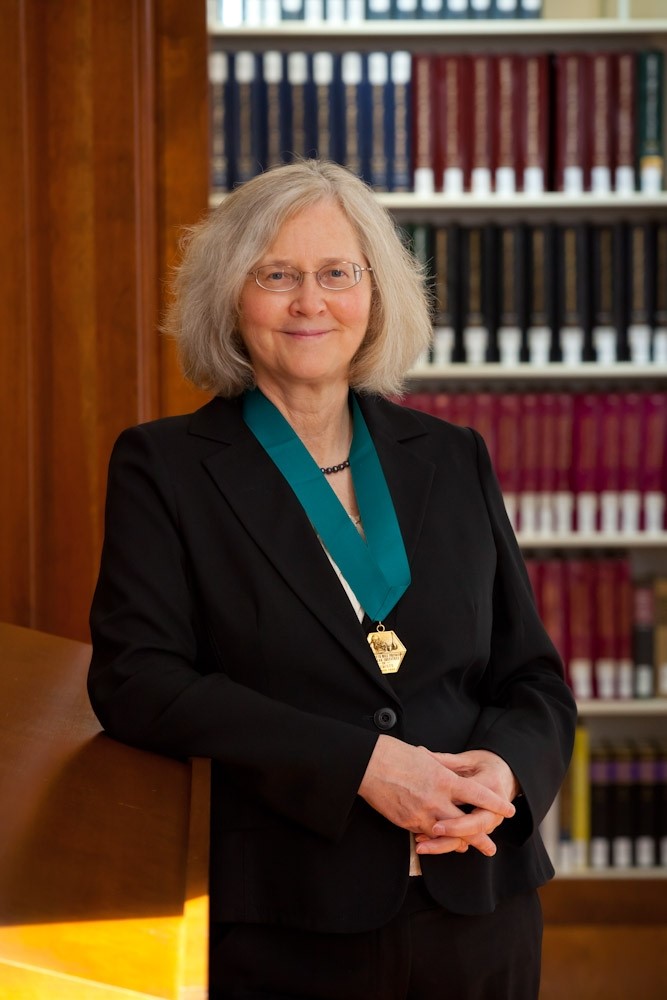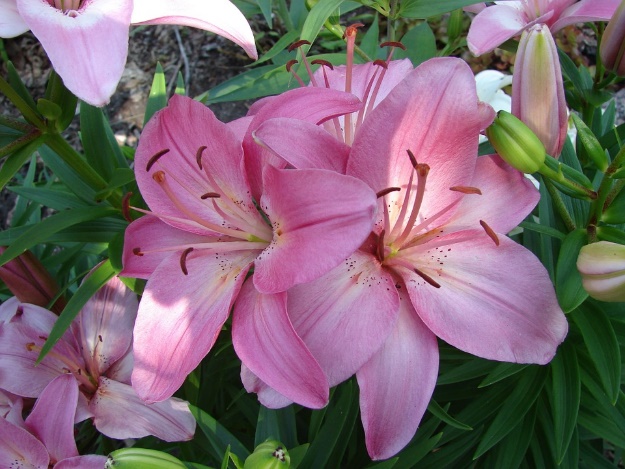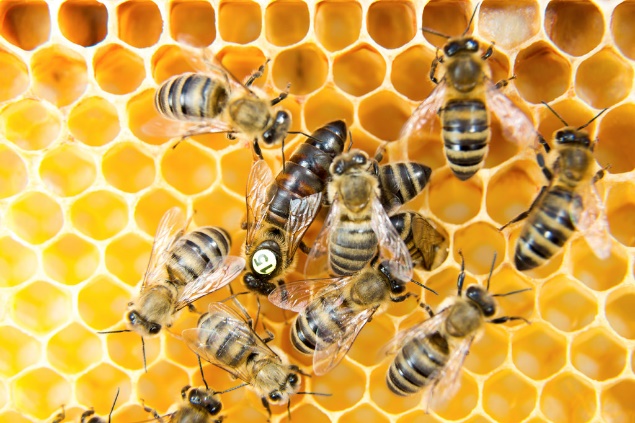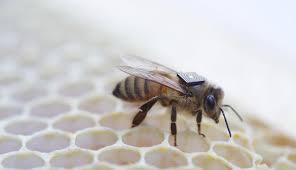What Is Photosynthesis?
Naomi Morriss2021-02-03T08:51:12+11:00What is Photosynthesis? Photosynthesis is a process carried out by all green plants. The plants use carbon dioxide and water to make oxygen and a sugar called glucose. The glucose might be used by the plant for energy, or stored in the form of starch. Glucose and starch are carbohydrates – food sources that animals (like us) need to eat as a source of energy, as, unlike plants, we cannot make our own food. The process of photosynthesis removes carbon dioxide from the atmosphere and releases oxygen into the atmosphere – oxygen that animals (like us) need to breathe. Whilst [...]


